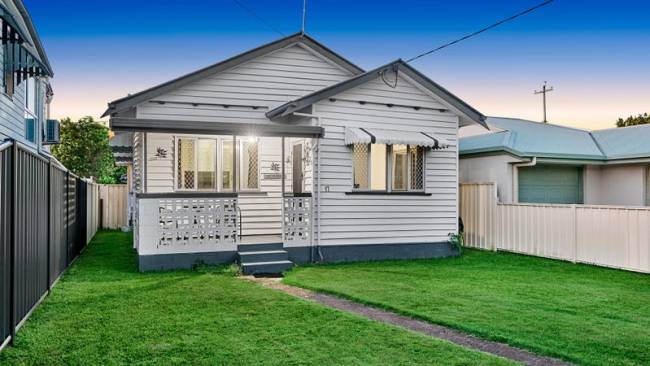Disaster proof homes: Safeguarding against natural disasters with Australia’s most resilient house, the Queenslander
Is the humble Queenslander house the key to making Australian homes disaster proof? Scientists and architects think so. Take a look at Australia’s most resilient house.
Property
Don't miss out on the headlines from Property. Followed categories will be added to My News.
Our home is our castle and now researchers are working on ways to make them a fortress against fires, floods and storms.
Scientists from the CSIRO and James Cook University’s Cyclone Testing Station, alongside Room 11 Architects, partnered with Suncorp to create a house capable of withstanding our biggest natural disaster threats.
Modelled on a three-bedroom Queenslander, the prototype, called One House, leans on decades of post-disaster damage surveys and incorporates designs and available materials to better equip a house to withstand whatever nature throws at it.
MORE: Urgent call for post-floods home protection for all
Australia’s coolest backyard goes viral, sells for $1.6m
Estate built by Russian billionaire is now an equine-lover’s dream
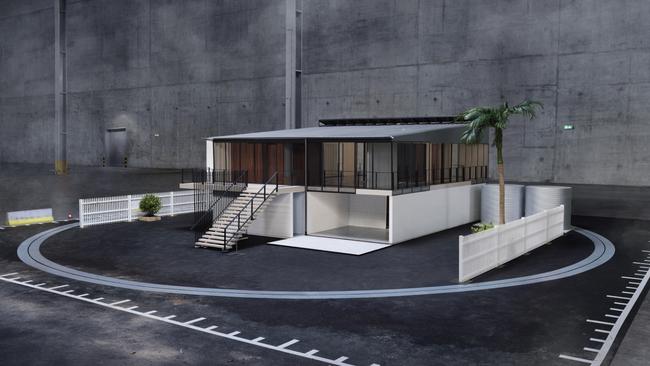
The design includes putting electrical wiring in the roof to prevent power loss during a flood, using fibre cement sheeting in internal walls so that it can be removed, cleaned and reused, and using strong and non-combustible external finishes, waterproof and easy-to-clean flooring, glazed windows and bi-fold mesh screens to keep out storm debris and embers.
Room 11 architect Thomas Bailey said the goal was to create a safer and stronger house that was still cost-effective when compared to a standard, architecturally-designed home.
“Synthesising some of the research and science by JCU and CSIRO, the most odd thing about this process was that it hadn’t been done before,” Mr Bailey said.

“We used the Queenslander design because we wanted a building style that was identifiable and aspirational, but also one that we could make more resilient and not a concrete bunker.”
Mr Bailey said the Queenslander design was good at keeping a house cool, but it was not robust enough to withstand a major storm or fire, and with Australia experiencing a range of severe weather events in recent years, the time was right for a review and redesign.
“The materials we used are available now,” he said. “There was no point making something that was not achievable.
“And what we found when we built the two sections (to scale) was that we could see where things failed, and we know how we can design those elements out, but fundamentally the testing showed that it (the prototype) far exceeded current building standards.”

James Cook University Cyclone Testing Station chief research engineer David Henderson said previous studies after cyclones Larry and Yasi had shown wind damage to houses had resulted in significant amounts of rain being driven into houses, making them unliveable.
He said that while Australian building standards defined a “minimum requirement”, homeowners planning a new build could ask about getting their new house built to a higher wind rating, the installation of debris-rated window screens or shutters and about the durability of the materials and construction.
“Lessons learnt from damage investigations as well as testing building products in the lab highlighted weaknesses in keeping wind driven rain out of the building as well as vulnerability to debris puncturing the building envelope,” Dr Henderson said.
“Aspects of the One House concept design helped to mitigate damage from wind driven rain and debris.”

Research leader of Bushfire Adaptation at CSIRO Justin Leonard said Australian housing was “poorly suited to fire and burns down for minor reasons”.
“Fire finds minor ways to get in and it’s the furniture that burns over many hours,” he said. “It’s not about a house being unscathed, it’s about having a place to live after a fire – that’s the definition of resilience.”
It comes as startling research by Suncorp revealed that homeowners were prioritising bathroom renovations over disaster resilience, despite the fact the nation has been devastated by a range of natural disasters over recent years.
In March, almost 20,000 people were evacuated or affected by severe flooding in southeast Queensland and NSW.
A year earlier, over 3000 homes were destroyed across the country and 33 people lost their lives during the 2019-20 bushfires.
In 2010-11, Queensland was smashed by widespread floods that led to a devastating wall of water, described as an “inland tsunami”, surging through the Lockyer Valley.
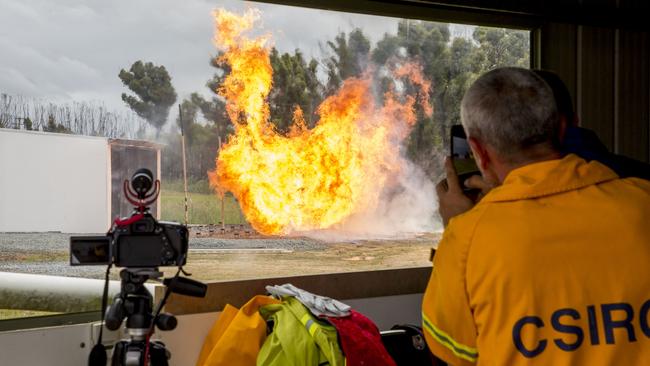
Over 30 people lost their lives, and three quarters of the state was declared a disaster zone.
Just weeks later, category five Cyclone Yasi barrelled across the North Queensland coast, destroying or rendering around 800 homes uninhabitable.
According to the Suncorp research, almost half (49 per cent) of Australian homeowners expected to see more disasters in the next 12 months, yet the majority were opting for interior updates (62 per cent), kitchen and bathroom upgrades (54 and 53 per cent respectively) and landscaping (49 per cent) over making their homes stronger.
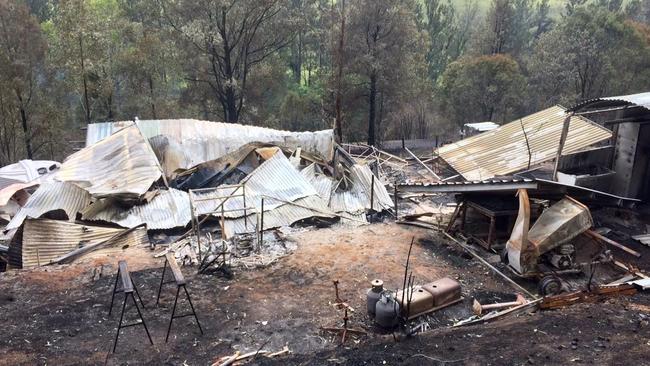
Suncorp Insurance product and portfolio CEO Lisa Harrison said it was alarming that homeowners prioritised aesthetics over the strength and protection of their homes.
She said the One House project was designed to highlight how the resilience of homes could be improved, and to encourage homeowners, governments and industry to view resilience as a vital consideration for homes today.
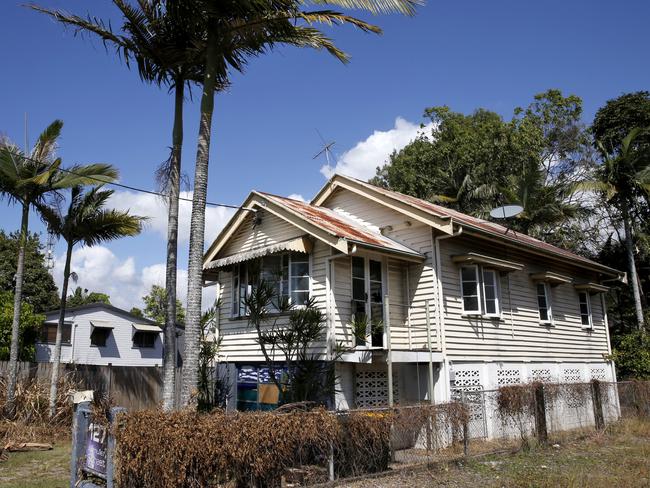
“The house of the future should factor in resilience so we can enjoy, and not be afraid of, our environment,” Ms Harrison said.
“Of course, a concrete bunker would do the trick, but we wanted to build a house that was desirable – inspired by the typical ‘Queenslander’ style home.
“Using standard technology and materials, but in a more intelligent way, One House has proven that stronger, more resilient homes are achievable now.”
MORE NEWS:
Surf star Mick Fanning’s beach pad for rent
Elle Macpherson talks real estate on the Goldie
Massive $8m deal for vacant block of land
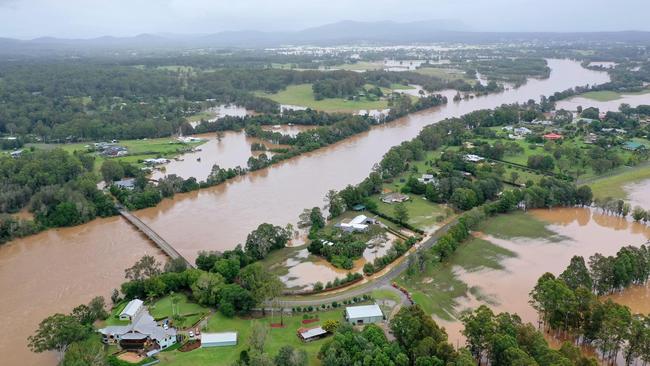
HOW TO SAFEGUARD YOUR HOME AGAINST NATURAL DISASTERS
Install mesh screens on doors: This will help slow down flame spread during a bushfire.
Install dual tank systems: Install two galvanised water tanks which can be used to fight a fire, or one can be used as a secondary drinking water source.
Install PVC plastic gutter fixings: In the event of a fire, fixings melt, and gutters become ‘sacrificial’ and safely fall away from the house, protecting the home from embers and reducing the likelihood of embers entering the back-up water supply.
Roof fittings: Consider cyclone-rated roof fixings, which are less likely to fail during extreme events with strong winds.
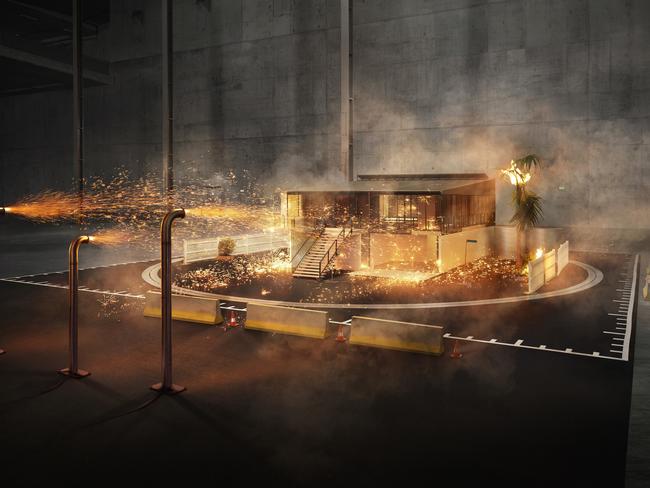
TOP TIPS FOR SAFEGUARDING NEW BUILDS AGAINST EXTREME WEATHER
Electrical builds: Install electrical wiring in the roof to prevent loss of power during a flood event.
Power points: Install power-points and switches at least one metre above floor level to reduce the risk of electrical issues during flooding.
Roof Shape: Considering a roof shape that will minimise unnecessary junctions which are prone to wear and can allow embers into the home.
Windows and doors: Install glazed windows and doors, which can prevent water from entering the home, keep embers out and prevent windows cracking from heat.
Balconies: Use bi-fold steel mesh screens around balconies to protect the house from storm debris and ember attack.
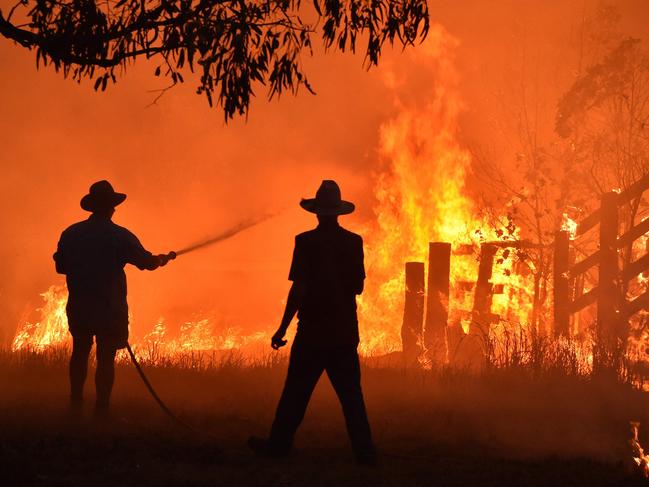
Flooring: Use waterproof and easy to clean flooring like concrete or tiles.
Walls: Use internal wall linings that are waterproof like fibre cement sheeting so that it can be removed, cleaned and reused, and use strong, non-combustible external finishes such as core-filled block and aerated autoclaved concrete cladding.
Ceilings: Use ceiling space to store services such as airconditioning, batteries and hot water
Roof: Use roof material that has a lower thermal conductivity such as stainless steel and consider an uncoated finish, as paint can blister and burn in a fire.
MORE QUEENSLAND REAL ESTATE NEWS
*Sign up here for a free weekly wrap up of the top Queensland property news direct to your inbox.



